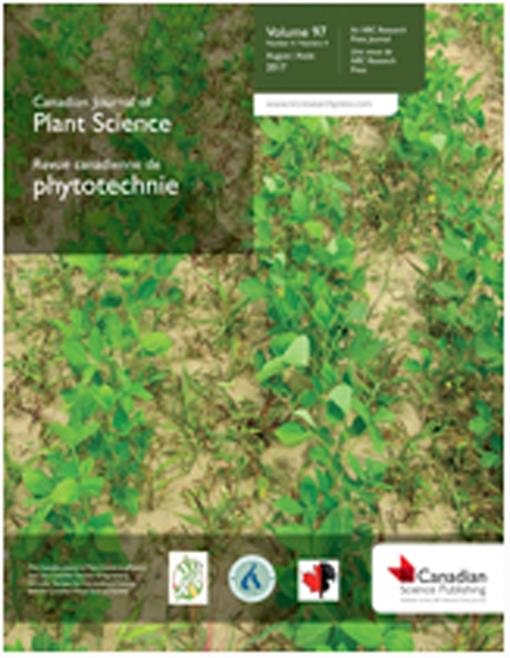OTHER (4)
FRUIT (2)
GRAIN (1)
ORNAMENTAL (1)
WEED SCIENCE (2)

Insight into the maize CMS-associated mitochondrial–nuclear interaction at the DNA methylation level
